Barossa Valley might be famous for blockbuster Shiraz, but there’s way more going on in South Australia than just bold reds and sunshine. This guide uncorks what makes the Barossa, and its neighboring wine regions, so worth geeking out over.
If you’ve only met Australian wine at college parties or backyard BBQs, we get it. But it’s time to level up. South Australia is packed with old vines, wild diversity, and wines that age like legends.
“If you love Syrah, crave Cabernet or bold white wines, South Australia has you covered.”


Barossa
Stunningly complex Shiraz, GSM blends, lush white wines (Chardonnay, Semillon, Viognier), and elegant, dry Riesling come from Barossa.
Sub-regions of Interest: Barossa Valley, Eden Valley
Barossa is the oldest and most important region (in terms of familiarity). It is the larger, overarching area for two subregions (Geographical Indications or “GIs” for short): Barossa Valley and Eden Valley. Despite their proximity to each other, these two areas produce recognizably different styles of wines.
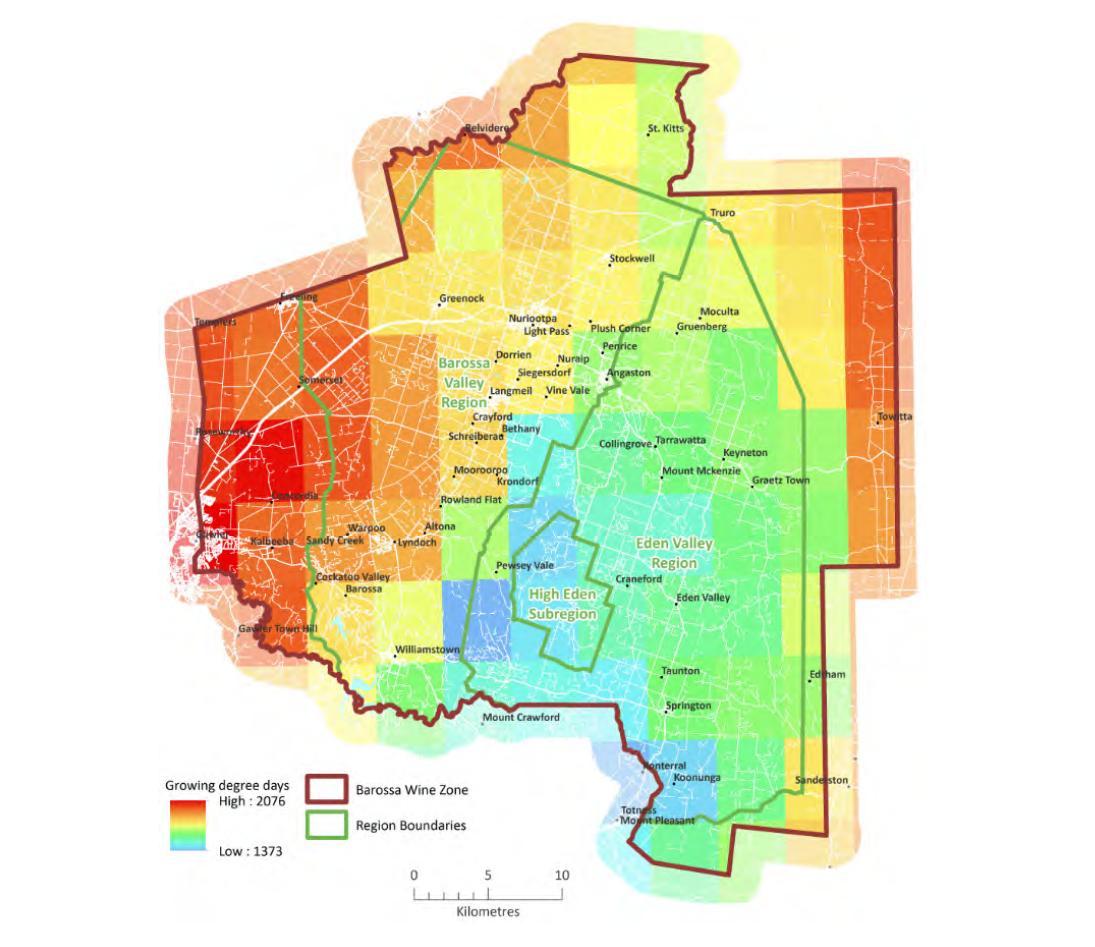
Barossa Valley
Shiraz from Barossa Valley tends to deliver some of the most powerful, flavorful wines in Australia and worldwide. The typical Barossa Valley Shiraz profile centers around powerfully ripe (confected) blackberry, dried currant, mocha aromas, a healthy punch of tobacco, and an earthiness similar to smelling a wet red clay pot.
Often, these wines have significant meaty (e.g., beef broth, beef jerky) and black pepper aromas. The fruit flavors are big. Tannins are generally grippy but fine-grained and powdery rather than chapping or harsh.
Alcohol levels are naturally relatively high due to the love provided by the Aussie sunshine, starting at 14%–15% ABV and continuing upwards. Despite the intense fruitiness of these wines, the highest quality wines from Barossa Valley are known to develop positively for decades.
While Shiraz is the mainstay of this region, you’ll discover that GSM blends and Shiraz-Cabernet blends are quite popular and generally high in quality. Wineries frequently produce blends to tease out even more complexity in their finished wines by combining various flavor profiles.
Eden Valley
Eden Valley (and its sub-zone, High Eden) is in a chain of hills called the Mount Lofty Ranges, east of Barossa Valley. The increase in elevation makes Eden a distinctly cooler climate, leading to wines with a tart and intense acidity. Acidity is an important trait for age-worthiness in wines, and thus, some of the most age-worthy Barossa wines are from Eden Valley (or have Eden Valley fruit blended in). Of course, what ages well also takes time to taste great, so keep that in mind when on the hunt for something to drink right now.
Shiraz from this area is slightly more elegant (with increased acidity) and has a more delicate fruit profile overall. One of Australia’s most famous single-vineyard wines, Henschke’s Hill of Grace, is made here. The area also produces most of Barossa’s white wines, including a bony, acid-driven style of dry Riesling and high-quality but lush Old World white grapes.
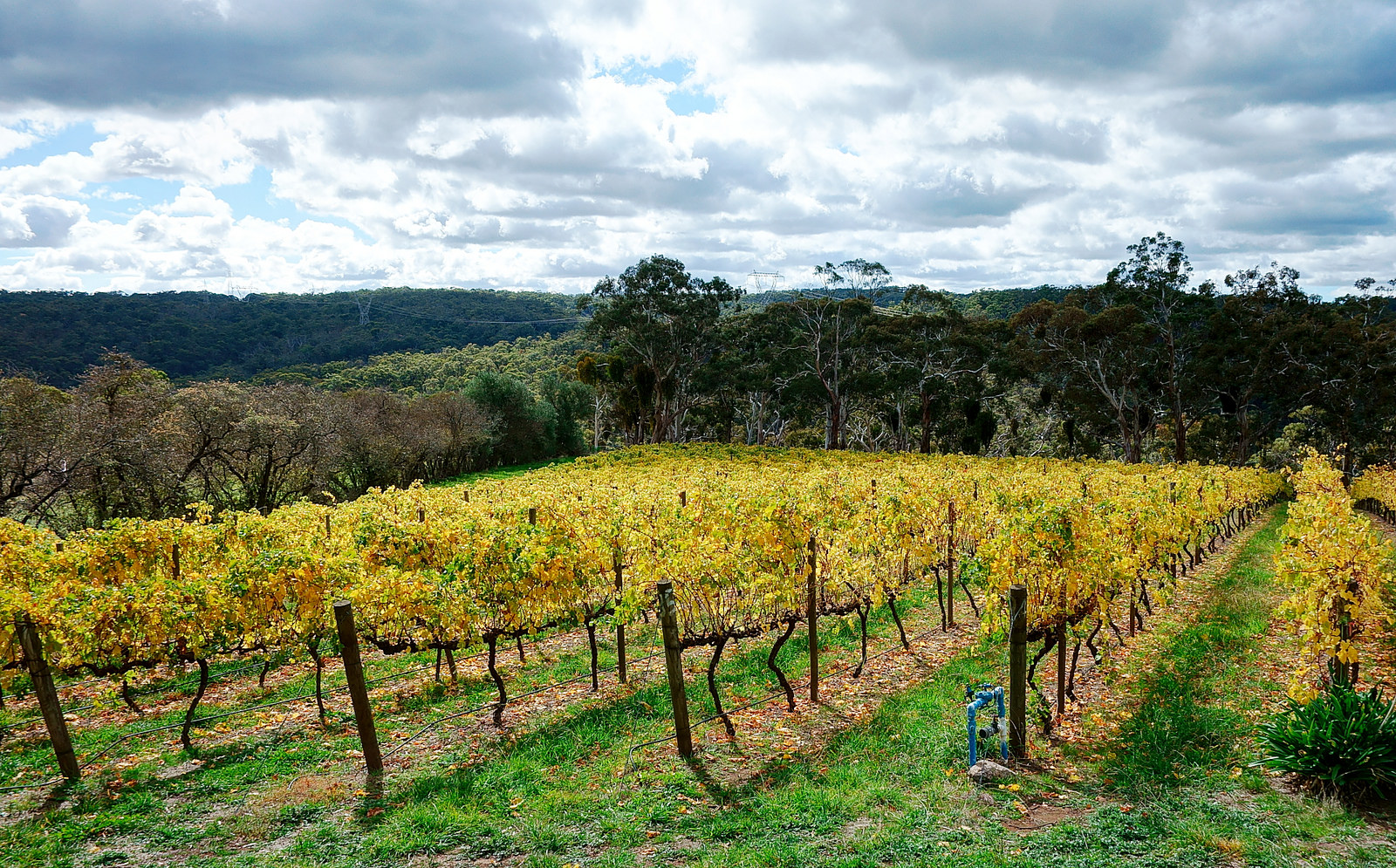
Mount Lofty Ranges
Stately, rich white wines of Chardonnay and Sauvignon Blanc, dry and floral Riesling, and elegant, earthy red wines of Cabernet Sauvignon.
Regions of Interest: Adelaide Hills, Clare Valley
Adelaide Hills
Adelaide Hills is one of the most striking regions to visit in South Australia (and they know it). The roads wind through gentle, rolling hills, revealing large sheep-covered meadows and beautifully sloping vineyards. The region is cooler than Barossa; thus, you’ll find a prevalence of white and red wines that focus on elegance and more savory flavors.
The Adelaide Hills produces many oak-aged white wines, including filigreed, ambitious examples of Chardonnay and Sauvignon Blanc. Many mass-produced, stainless-steel-raised wines exist, but these are generally more everyday-oriented than the best rich-style wines.
Clare Valley
Clare Valley is entirely detached from the rest of the Mount Lofty Ranges GIs. The Clare arguably produces some of the finest dry Riesling in Australia, especially from the famous sites at Watervale, namely Polish Hill.
Though best known for Riesling, Clare Valley also produces outstanding, elegant, complex, savory, and fruity Cabernet Sauvignon and Cabernet Sauvignon-Merlot blends. We tasted several aged (10 years or older) examples to discover beautifully balanced, tobacco-laced, lush red wines that could have easily lasted another five years or more.
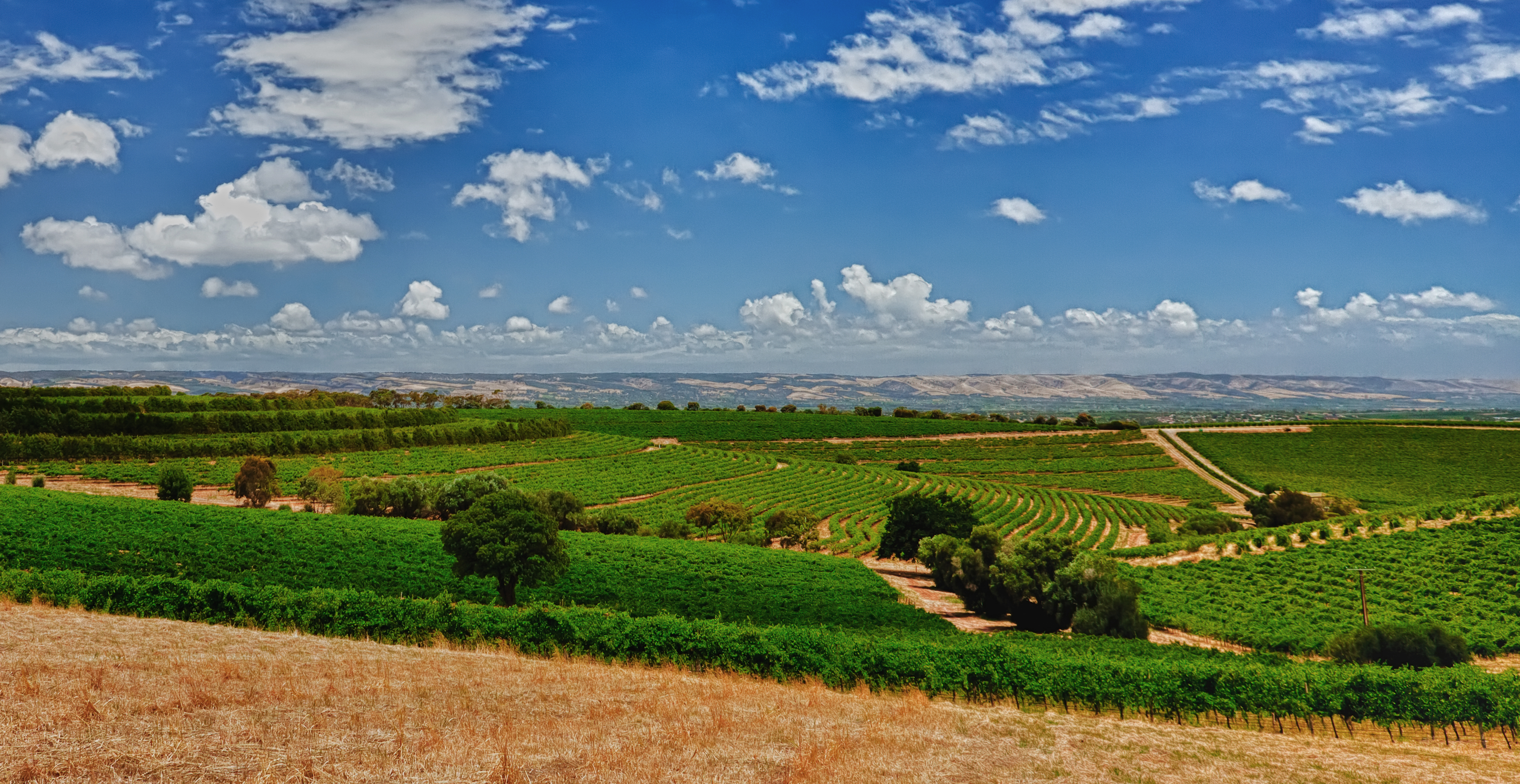
Fleurieu
Rich, fudge-y Shiraz and Cabernet with savory notes of scorched earth.
Regions of Interest: McLaren Vale, Langhorne Creek
The dry oak-covered hills of Paso Robles are to Napa Valley as the southern hot rolling hills of Fleurieu are to Barossa. Fleurieu focuses primarily on Shiraz in the rolling hills around McLaren Vale and Cabernet Sauvignon in flats around Langhorne Creek (although both regions grow both grape styles quite successfully).
The temperature increase as you drive into Fleurieu is noticeable, and the wines take on a more rugged, animalistic presence in their flavor. Intense, savory notes lace these wines: licorice, roast meat flavors, mocha, graphite, and exotic spices. The alcohol levels can get naturally high, around 15–16% ABV, so be sure to pour yourself a teensy portion and swirl it rigorously. You’ll find it hard to resist a second pour if you like rich, flavorful wines.

South Australia wouldn’t be the amazing region it is today had it not been for a scourge (phylloxera) which decimated the fledgling wine industry in Victoria (around Melbourne) in the late 1800s. The disease’s spread to South Australia was limited. As a result, South Australia has some of the oldest continually producing vineyards on the planet, some with planting dates in the mid-19th century. The Australians have worked hard to preserve this heritage to keep the louse from entering South Australia’s phylloxera-free vineyards. If you plan to travel there, be sure to clean your shoes well or take them off when you’re in the vineyard!
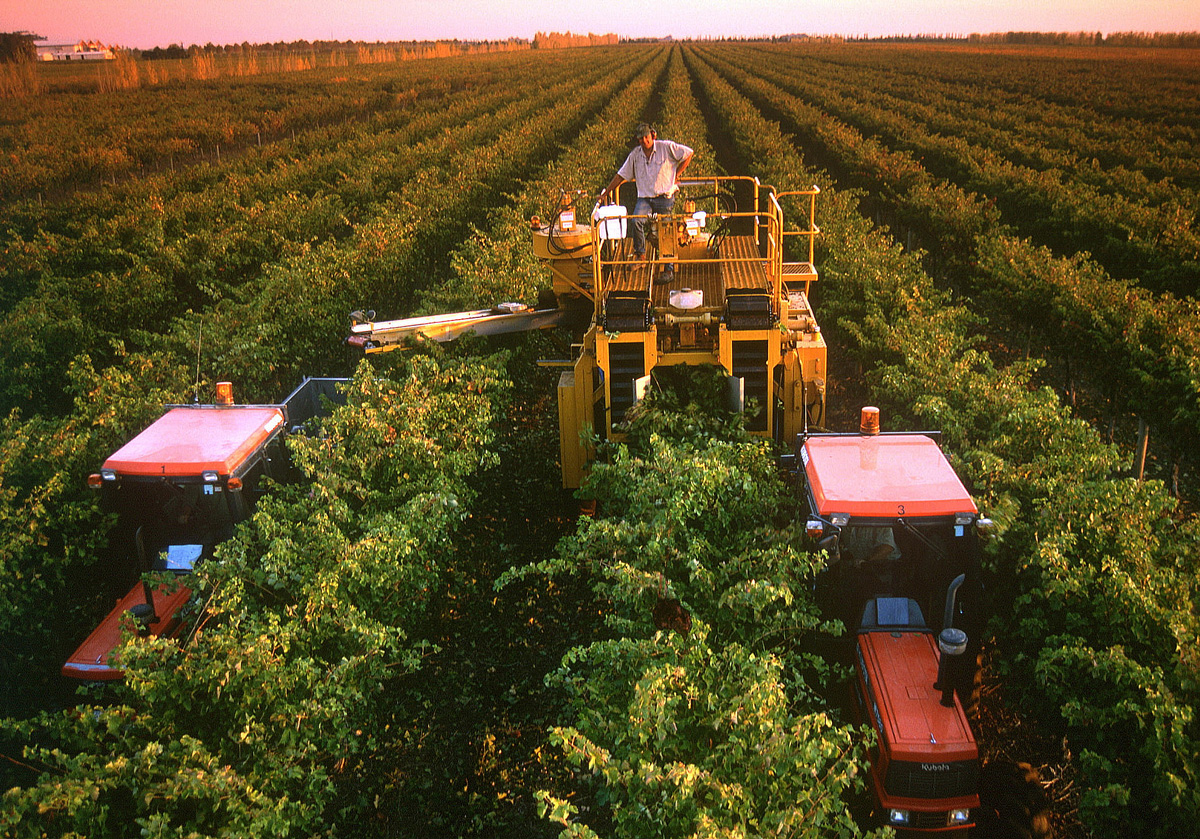
Limestone Coast
Black fruit driven, Tobacco-laced Cabernet with mint and spice.
Regions of Interest: Coonawarra, Wrattonbully, Padthaway
The limestone coast’s name comes from a million-year-old sea that once covered the land. This formed the chalky white bedrock of the region, which was slowly covered with iron-rich clay soils, garnering the name “Terra Rossa” for its red color (not a place for white-pants-wearers!).
Cabernet-based wines from the region offer black and red fruit flavors with tobacco and a savory leafy, minty note. While most of the wines from the area are pretty affordable (through mechanization), some producers hand-harvest their Cabernet vines and produce some of the most respected Cabernet in Australia, especially from Coonawarra.

Riverland
Smoky, sweet-tobacco Shiraz and Cabernet wines for everyday drinking.
By volume, the Riverland GI produces a whopping majority of wine from South Australia. Most grapes that grow in Riverland go into the most affordable wine labels. Despite the lack of pretense to Riverland (it’s basically a large flat farming community), the wines can be pretty delicious for the price. The better wines from the area are the reds (including Shiraz and Cabernet), and while a wealth of Chardonnay is planted in Riverland, most are quite big-boned and very low in natural acid.
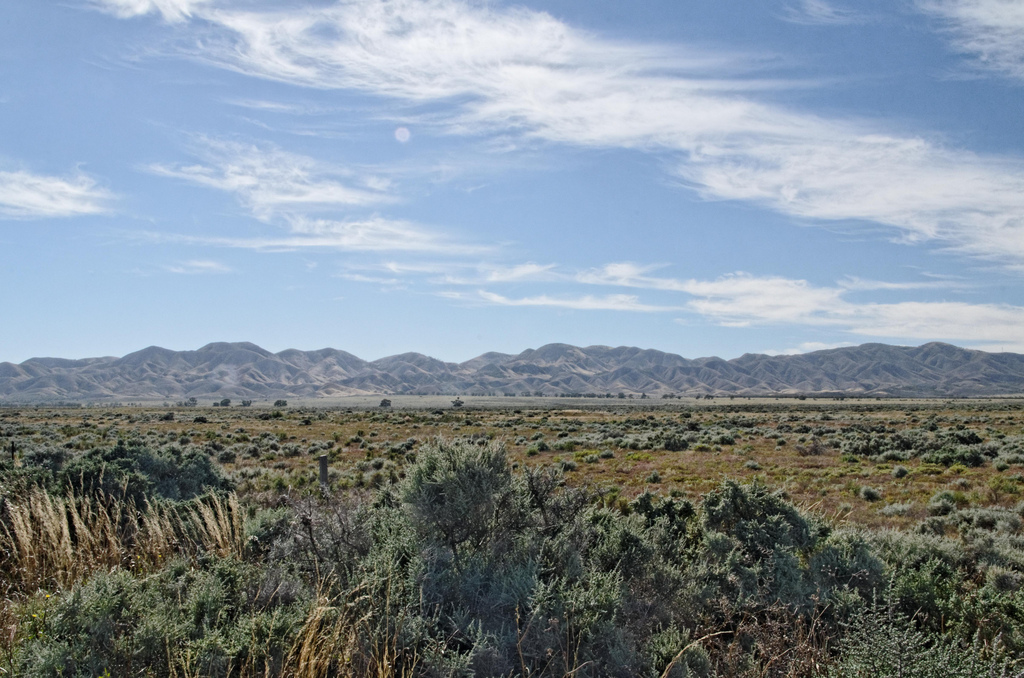
Southern Flinders Ranges
High-desert style red-fruit driven, juicy red wines of Syrah, Sangiovese, Grenache, and Tempranillo.
In 1865, surveyor George Goyder identified a line north of Adelaide above which agricultural plants would not survive. Goyder’s line also marks the upper reach of the Southern Flinders Ranges GI. Above this line, Australia’s interior is too dry (and hot) to grow anything.
Wineries in SFR are sparse and rely on elevation and the durability of desert-climate grape varieties to create their enigmatic wines. All of this is to say that we don’t see many of them in the United States. Oddly enough, despite the region’s dryness, the climate is a little less hot overall (because of cool, higher-altitude nights), and wines are typically harvested later in the season. For this reason, you’ll find them to have lots of fruit but naturally higher acids.
While the area is known for Cabernet and Syrah (like all of South Australia), the other more drought-tolerant varieties of Sangiovese and Tempranillo show the most exciting potential.
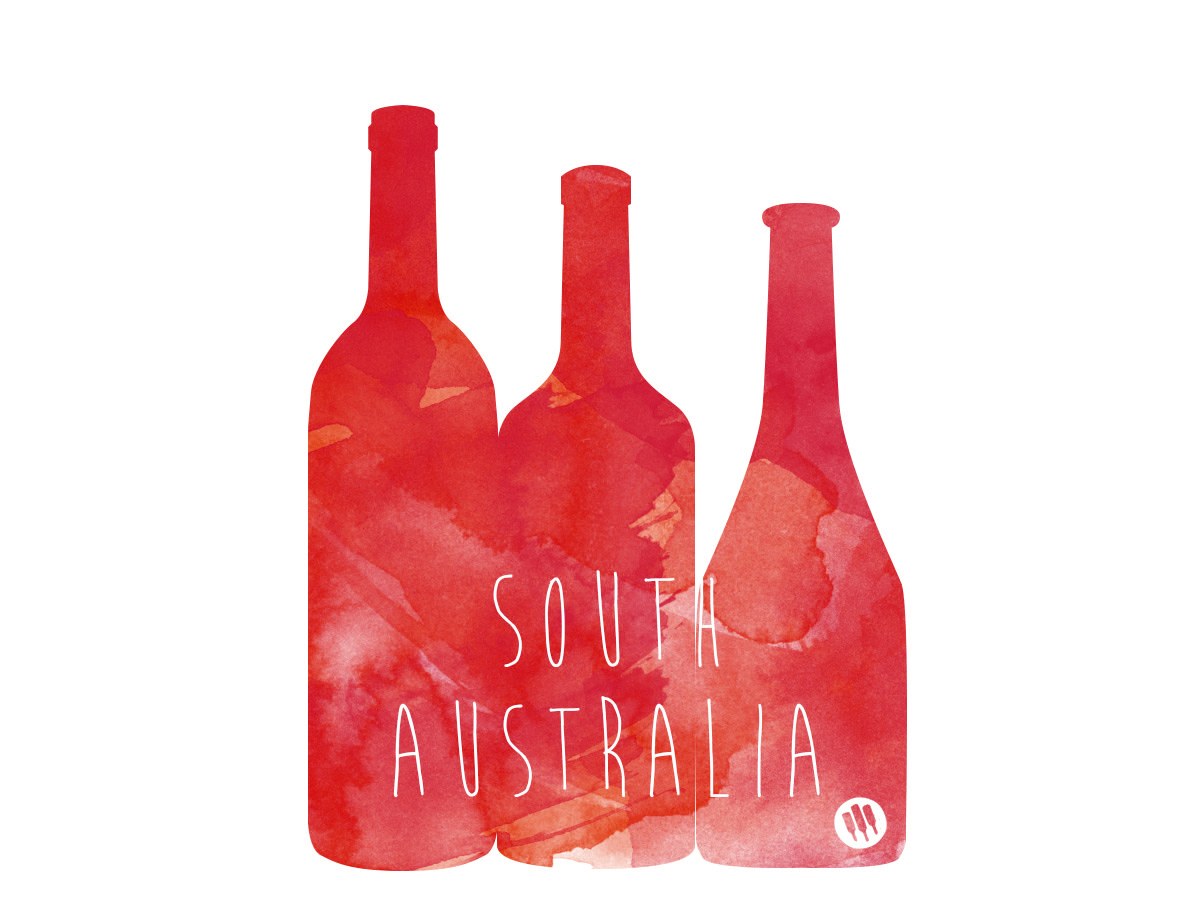
Last Word on South Australia
While modern tastes have turned away slightly from the staggeringly opulent, powerful wines that South Australia made their name on in the late 90s, the deep history and new energy in South Australia can’t be ignored.
Many classic producers continue to make bold, full-on reds. Still, a new wave of producers is focusing on South Australia’s other potentials: vineyard-focused, low-intervention winemaking, obscure varieties, and new vineyard sites are all coming into vogue.